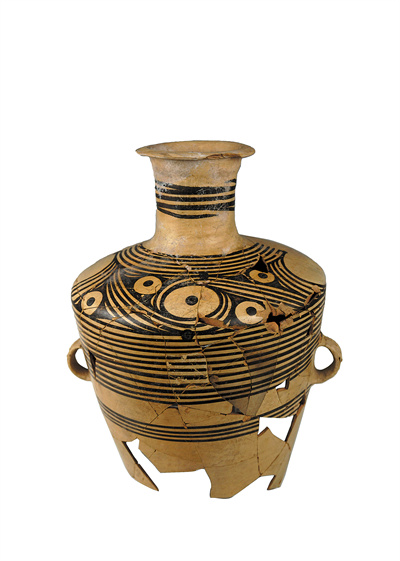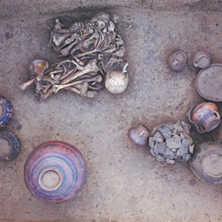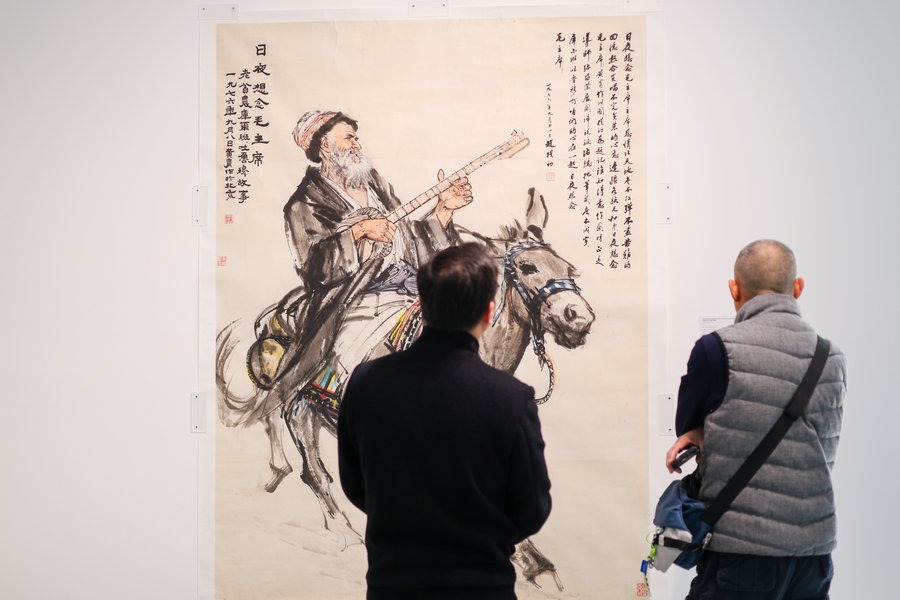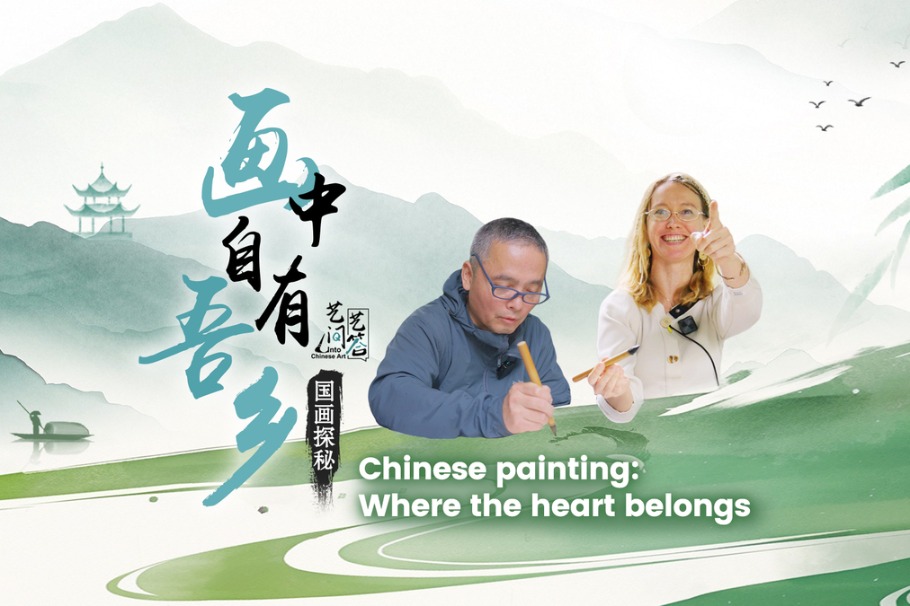On the trail of Majiayao
Discovery of large-scale settlement at Siwa site, in Gansu province, provides intriguing evidence of advanced society, Wang Ru and Wang Kaihao report.


Majiayao culture has been known as an extension of the Yangshao culture, a key Neolithic culture dating back 4,600 to 7,000 years across the northern part of China, as the result of its northwestern spread. Majiayao continued to extend its influence to various directions including the Qinghai-Tibet Plateau and Sichuan Basin. Very similar painted pottery vessels have been found from Qujialing site in the middle reaches of the Yangtze River and Jiaojia site in East China's Shandong province.
"Going northwest, it could enter the Hexi Corridor (the main artery of the ancient Silk Road in Gansu) and communicate with culture from Central and West Asia. Therefore, during prehistoric times, the area Majiayao culture located was at the forefront of early civilizational communication," he adds.
Similar pottery vessels have also been found from West and Central Asian sites, urging archaeologists to consider if there was an ancient "painted pottery road" that was a predecessor of the ancient Silk Road linking people on the Eurasian continent through pottery trade. "Majiayao culture was among the earliest to engage in cultural exchanges with Central Asia and other regions," says Han Jianye, an archaeology professor at Renmin University of China in Beijing.
He says: "We can say the development and growth of it laid the cultural foundation for China's western frontier area in the prehistoric era, paving the way for early cultural exchanges between the East and the West through the 'painted pottery road'. Therefore, Majiayao culture occupies a significant historical position in the early development of Chinese civilization."
Another highlight from recent studies is the find of a large-scale settlement from the middle period of the Majiayao culture, described by archaeologists as Banshan type.





































